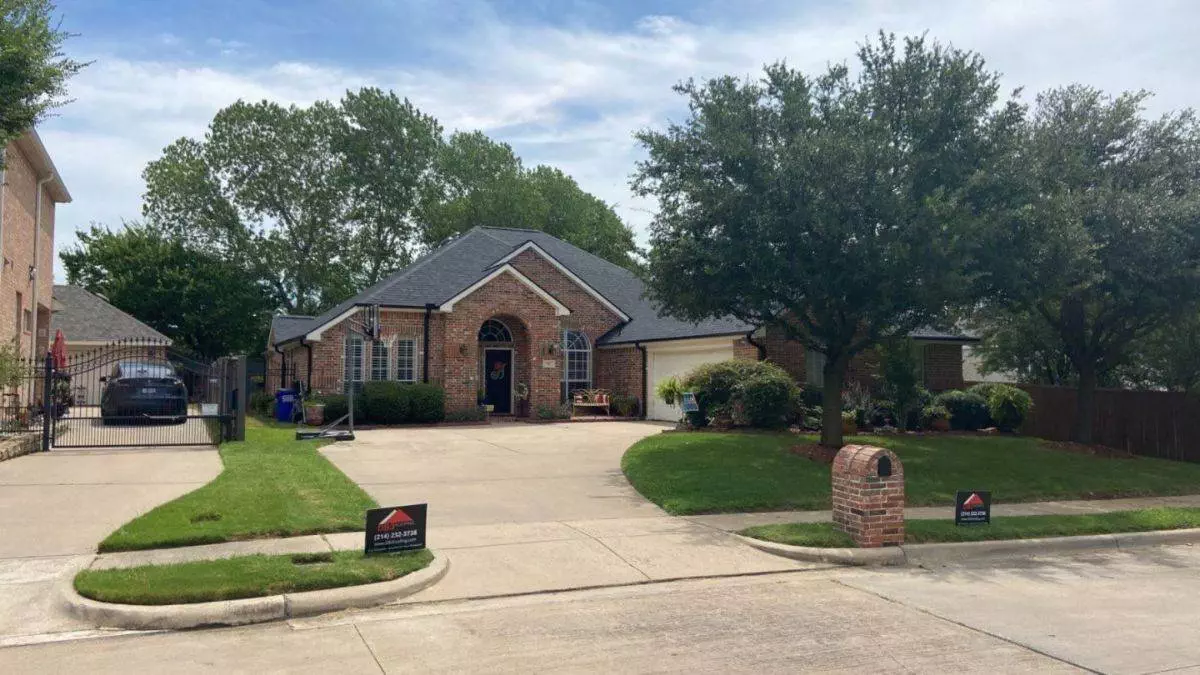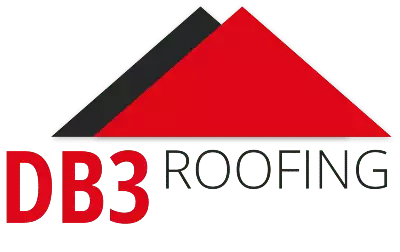
You are converting the attic space into a bedroom or home office but have realized, to your dismay, that there’s a serious lack of natural light in the room. A skylight – essentially a window placed in the roof instead of a wall – will be the ideal solution, but can you install a skylight in an existing roof? Let’s consider the possibilities and options available for your latest home renovation project.
The Importance of the Roof Design
The installation of a skylight requires that you cut a hole of sufficient size into the roof at the right place. This procedure must never compromise the roof’s structural integrity, so a skylight is often positioned to slot in between existing rafters and beams. Undoubtedly, it is possible to “redesign” a roof segment for a new skylight, but this is significantly more advanced than a quick project and is best left until it has become time to replace the existing roof.
The recommended size of a conventional skylight is between 5 to 10% of the area of the room. If your house has a stick-framed roof, there should be ample space between the beams to fit a decent skylight; however, you will probably be limited to a smaller area and a smaller skylight with a truss-framed roof.
The roof’s slope is also essential when deciding on a skylight. The quality of modern skylights has advanced considerably. Yet, even for this, it is folly to court water damage and rot by not providing adequate run-off for rainwater and preventing ice dams. Always thoroughly discuss this aspect with your local roofing companies, and never force the installation of a conventional skylight for aesthetic reasons only.
The Choice Between a Conventional and a Tubular Skylight
In the preceding section, we mainly discussed the installation of a conventional skylight in an existing roof to provide ample natural light. This is the type of skylight that most people are familiar and comfortable with as part of a traditional house design. It’s a good choice when installed by a qualified roofer, but it has limitations. Fortunately, there’s a viable alternative, which also offers many additional benefits over the conventional skylight window, especially when considering installation to an existing roof.
A tubular skylight consists of three parts: a sunlight concentrator (on the roof), a light conduit (metal tubes) and a diffuser (in the ceiling). Of these, two aspects of operation must be highlighted:
- The advanced optical properties of the external rooftop concentrator allows for the collection of sunlight at all angles. This maximizes input during the whole day and in all seasons. The collected light is then optically concentrated down the center of the tubing.
- The special tubes are designed to minimize the loss of light energy through internal reflections and absorption. This characteristic allows for the tubes to be up to 30 feet in length without significant loss, making it the ideal solution to bring some natural light into lower (non-attic) rooms.
However, a tubular skylight’s great benefit is its significantly smaller footprint than a conventional skylight. This makes it the perfect solution for a roof unsuitable for a window-like skylight due to its slope or structural beam spacing.
About DB3 Roofing
Our business is about more than just massive projects because we know that even a simple-looking project like installing a skylight in an existing roof creates its own challenges if done properly. We take a holistic approach to skylights, looking at all the relevant factors, including their size and placement, plus the roof’s structural suitability. This is why we have been the premier roofing contractors in Northern Texas – for over 30 years now!
Contact us if you want a traditional or a tubular skylight installed in your existing roof.

